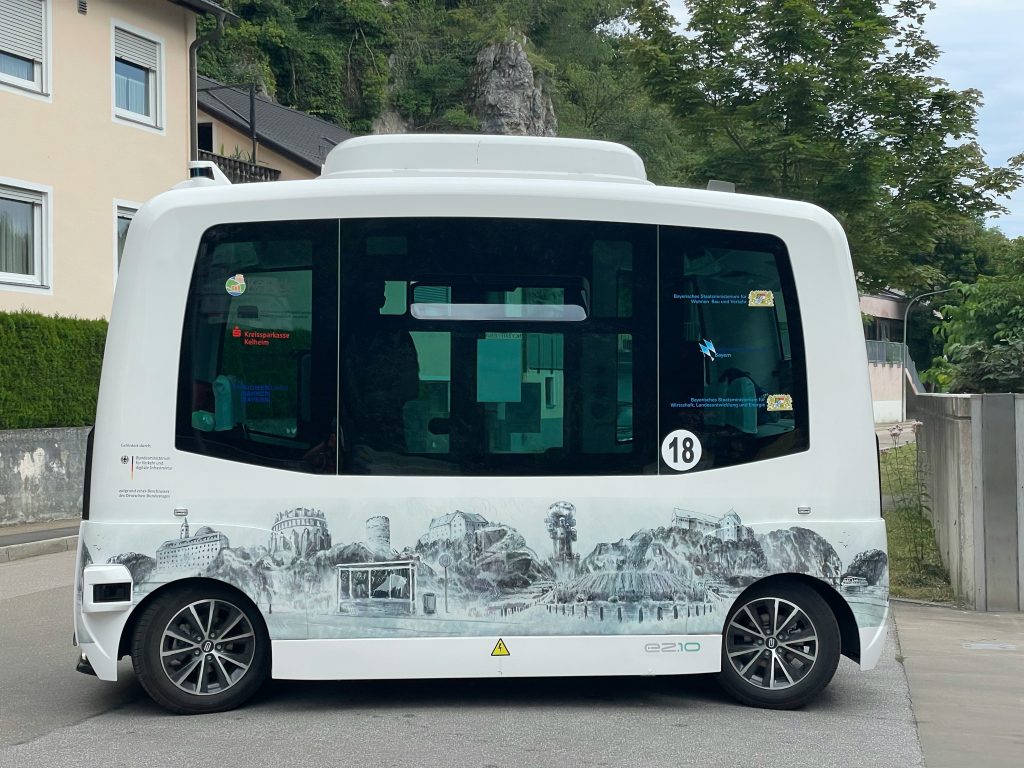Autonomous vehicles (AVs) are revolutionizing transportation, promising safer roads, reduced traffic congestion, and improved mobility. With advancements in artificial intelligence, sensor technology, and real-time data processing, self-driving cars are becoming more capable and reliable. This article explores the current progress in autonomous vehicle technology, its implications for transportation, and what the future holds for self-driving cars.
1. How Autonomous Vehicles Work
Why It Matters:
Understanding the technology behind AVs is key to appreciating their potential benefits and challenges.
Key Technologies:
- LiDAR and Radar Sensors: Provide real-time 3D mapping and obstacle detection.
- Artificial Intelligence: AI-powered algorithms interpret data for navigation and decision-making.
- Computer Vision: Cameras and image recognition systems help AVs understand their surroundings.
- V2X Communication: Vehicle-to-everything communication enhances safety and efficiency.
2. Current State of Autonomous Vehicle Development
Why It Matters:
AVs are being tested and deployed in various capacities, shaping the future of transportation.
Key Players in AV Development:
- Tesla: Full Self-Driving (FSD) Beta improving semi-autonomous driving capabilities.
- Waymo: Alphabet’s AV division leading in fully autonomous ride-hailing services.
- Cruise: GM-backed self-driving taxis operating in select urban areas.
- Mercedes-Benz: Level 3 autonomous driving technology approved for highway use.
3. Implications for Transportation and Society
Why It Matters:
Autonomous vehicles have the potential to reshape urban mobility, logistics, and road safety.
Potential Benefits:
- Reduced Traffic Accidents: AI-driven AVs eliminate human error, a leading cause of crashes.
- Lower Traffic Congestion: Smart routing and platooning reduce road bottlenecks.
- Improved Accessibility: AVs provide mobility solutions for elderly and disabled individuals.
- Eco-Friendly Transportation: Electrification and optimized driving patterns reduce emissions.
Challenges to Overcome:
- Regulatory Hurdles: Governments are still establishing policies for AV deployment.
- Ethical and Liability Issues: Determining responsibility in accidents remains complex.
- Public Trust and Adoption: Many consumers remain skeptical about full autonomy.
- Cybersecurity Concerns: Protecting AVs from hacking threats is a critical priority.
4. The Future of Autonomous Vehicles
Why It Matters:
Continuous technological advancements will determine how soon AVs become mainstream.
Trends to Watch:
- 5G Connectivity: Faster data transmission improves real-time decision-making.
- Autonomous Freight and Delivery: Self-driving trucks and drones revolutionize logistics.
- Smart Infrastructure: Cities adapting to AVs with AI-managed traffic systems.
- Greater Integration with Public Transport: Autonomous shuttles and buses enhance urban mobility.
Conclusion
Autonomous vehicles are set to redefine transportation, making roads safer and more efficient. While challenges such as regulations, cybersecurity, and public trust must be addressed, ongoing advancements in AI, connectivity, and infrastructure are pushing the industry toward a driverless future. As self-driving technology continues to evolve, its potential to revolutionize mobility is becoming increasingly clear.

